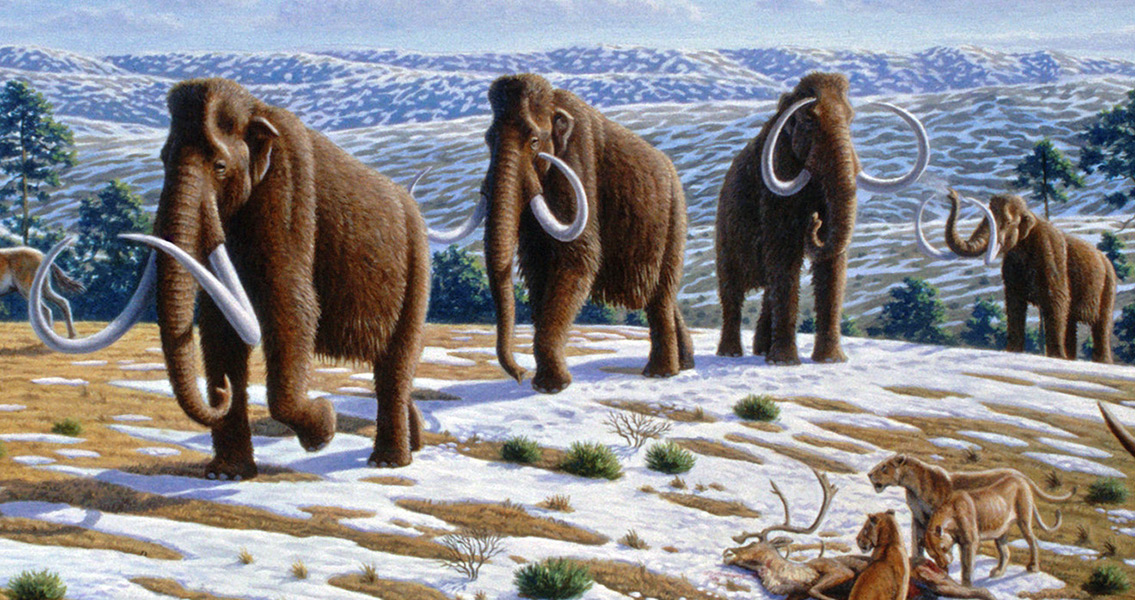<![CDATA[Scientists from the University of Cincinnati have recently published a study highlighting a powerful new tool which could open up new areas of exploration in the fields of ecology and paleoecology. Brooke E. Crowley, Joshua H. Miller and Clément P. Bataille have determined that a model built for predicting strontium isotope ratios in surface water is also applicable to a wide range of other materials, and particularly useful when applied to the bones and teeth of mammals. The focus of the study was the use of strontium isotope analysis, a technique which has been applied to biological and ecological research for some time. The strontium ratios in rocks often vary depending on the rock's location and age, and as a result the ratios in materials such as animal tissue, vegetation and water often reflect the local geology. This means analysis of the data allows scientists to glean information on a number of things related to the geology of an area, as well as animals and ecosystems, as Crowley explained to New Historian. "Strontium isotope ratios (87Sr/86Sr) are a useful tool for studying the provenance and mobility of modern and ancient organisms. Researchers have used strontium isotope ratios to answer a variety of ecological questions including the determination of foraging home ranges for predators, seasonal migration patterns for herbivores and changes in these patterns over time, and differences in mobility and dispersal between species, or sexes. Depending on the material sampled, it may be possible to assess mobility patterns for a population, or a particular individual." However, the use of strontium isotope analysis has long been limited by the costs involved in its use, as the study published in the journal Biological Reviews observes. "While the application of Sr isotope analysis to biological research has been steadily increasing, high analytical costs have prohibited more widespread use. Additionally, accessibility of this geochemical tool has been hampered due to limited understanding of (i) the degree to which biologically relevant materials differ in their spatial averaging of 87Sr/86Sr ratios, and (ii) how these differences may be affected by lithologic complexity." Crowley and colleagues’ study has expanded on a continental-scale model that was previously developed by Clément Bataille and Gabriel J. Bowen (University of Utah) to predict strontium isotope ratios in surface waters in the contiguous U.S.A. The authors of the latest study applied the model to compare predicted isotope ratios in surface water, soil, vegetation, fish and mammal skeletal tissues from a massive collection of data compiled by Crowley from across the USA. Their findings have the potential to facilitate a whole range of new ecological and paleoecological studies in the future, as Crowley explained to New Historian. "Our finding that it is possible to predict strontium isotope ratios in a variety of materials is valuable because it means researchers may not need to establish local strontium isotope variability empirically. My coauthors and I anticipate that decreased analytical costs combined with a better understanding of the factors that affect variability in strontium isotope ratios on smaller spatial scales will substantially increase the number of studies that use strontium isotopes in paleoecological applications." Paleoarchaeologists have long been using strontium analysis on fossils, particularly in spatial analysis focusing on the the provenance and mobility of ancient organisms. Although the nature of the burial environment or changes in landscape can affect how accurate predictions of local strontium ratios are, Crowley, Miller and Bataille's study has the potential to open up exciting new areas of study. As Crowley explained, "To date, researchers have primarily used strontium isotopes in spatial studies involving individuals that are hundreds to thousands of years old. However, the technique could potentially be used to study older organisms." For more information: www.onlinelibrary.com ]]>
New Tool For Studying Extinct Animals
